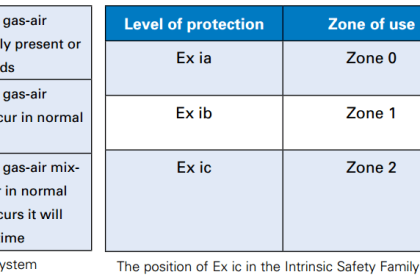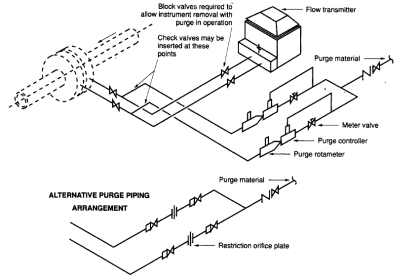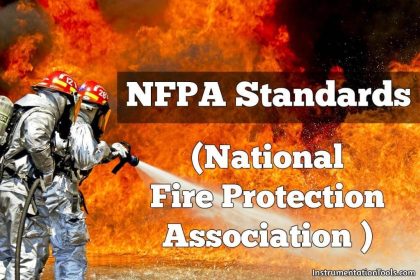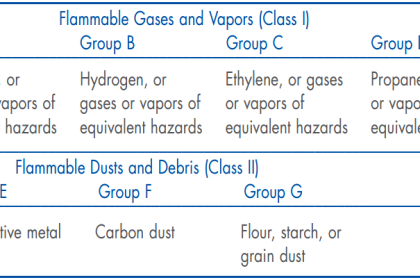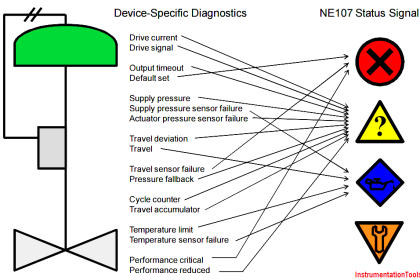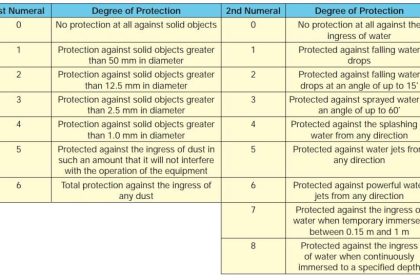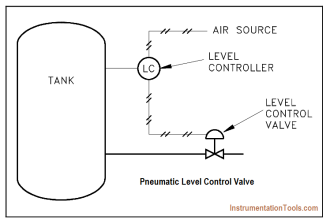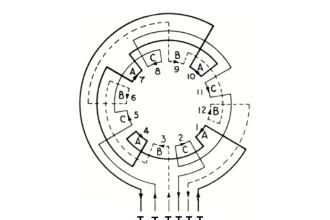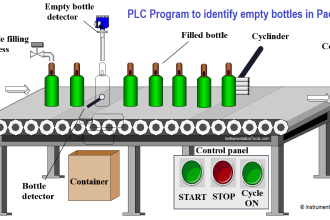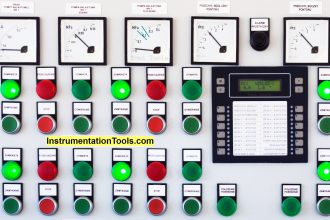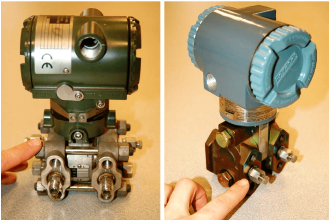Please note that this page provides helpful information only, detailed reference should be taken from an appropriate accredited agency or organisation.
| Protection Concepts | ||
| Zone | Hazard | Protection Concepts |
| 0 | In which an explosive gas/air mixture is continuously present for long periods | Exia or Exs |
| 1 | In which an explosive gas/air mixture is likely to occur in normal operation. | Exd. Exe, Exib, Exp, Exia, Exs |
| 2 | In which an explosive gas/air mixture is not likely to occur in normal operation. | All concepts suitable for Zone 0 & 1, ExN, ExO and Exq |
| Standards For Methods Of Protection | ||
| Method Of Protection | Permitted Zone Of Use In UK | Code Letter IEC, EX.., CENELEC, EEX |
| General requirement | – | – |
| Oil immersion | 2 | o |
| Pressurisation | 1 or 2 | p |
| Powder filling | 2 | q |
| Flameproof | 1 or 2 | d |
| Increased safety | 1 or 2 | e |
| Intrinsic safety | * 0, 1 or 2 | ia or ib |
| Non-incendive | 2 | n # |
| Encapsulation | 1 or 2 | m |
| Special | 1 or 2 | s |
| * ia: Zone 0, 1, 2 / ib: Zone 1 or 2 but not Zone 0 | # n: used locally in UK | ||
| Gas Grouping | Temperature Classification | |||
| Gas # Group CENELEC EN 5014, IEC | Representative Gas | T Class / IEC 79-7 |
Max. Surface Temp °C | |
| I * (mining) | Methane | T1 | 450°C | |
| IIA | Propane | T2 | 300°C | |
| IIB | Ethylene | T3 | 200°C | |
| IIC | Hydrogen | T4 | 135°C | |
| T5 | 100°C | |||
| T6 | 85°C | |||
| Certification Code (CENELEC marking information – example [EEx ia] IIC T4) | ||||||
| [ | E | Ex | ia | ] | IIC | T4 |
| Associated apparatus* | Certified to the CENELEC standard | Explosion protected | Protection concept (IS) | Associated apparatus* | Apparatus group (gas group) | Temperature classification (not Gp I) |
| * (located in safe area and may be connected to hazardous area) | ||||||
| Device Group & Category | ||
| Device Group | Device Category | Zone |
| I | M = Mining | – |
| Mining | M 1 | – |
| Pit Gas &/or Flammable Dusts | M 2 | – |
| II | G = Gas | |
| Other areas | 1 G | 0, 1, 2 |
| Explosive Atmosphere | 2 G | 1, 2 |
| 3 G | 2 | |
| D is added after G in the certification class number | D = Dust | |
| (i.e. GD) if device is dust category approved also | 1 D | 20, 21, 22 |
| 2 D | 21, 22 | |
| 3 D | 22 | |
| Explanation of the categories: 1 – Very high safety = device safety must be guaranteed even in case of rare device failures, e.g. simultaneous failure of two components.2 – High safety = device safety must be guaranteed if frequent failures can be expected, e.g. failure of one component.3 – Safe in normal operation = device safety must be guaranteed in normal operation.Note: A number in brackets before device category designation signifies that the device meets the requirements of an additional category to the main one that is specified. Example: II (1) 2G signifies that the device meets requirements for both 1 G and 2 G categories |
||
Characteristics of Substances
Flashpoint
This is the lowest temperature at which a liquid generates sufficient vapour to support ignition. This vapour can be ignited in many ways including temperature or energy (i.e. a spark)
Ignition Temperature
This is the lowest temperature at which the vapour will be ignited. This defines the temperature class.
| Classification of maximum surface temperatures of electrical apparatus (CENELEC) | |
| Temp. Class | Max. Surface Temp. |
| T1 | <450ºC |
| T2 | <300ºC |
| T3 | <200ºC |
| T4 | <135ºC |
| T5 | <100ºC |
| T6 | <85ºC |
Apparatus Group (Energy Ignition)
All surface industry gases/vapours are classed as Group II gases. Group II is divided into 3 sub groups:
IIA – High energy is required to ignite. Less intense explosion. (Propane)
IIB – Less energy is required to ignite. More intense explosion. (Ethylene)
IIC – Little energy is required to ignite. Most intense explosion. (Hydrogen)
| Characteristics Of Some Common Flammable Materials | ||||
| Gas/Vapour | Flashpoint | Gas Group | Ignition Temp. | Temp. Class |
| Acetone | 19ºC | IIA | 535ºC | T1 |
| Butane | -60ºC | IIA | 365ºC | T2 |
| Heptane | -4C | IIA | 215ºC | T3 |
| Ethyl Methyl Ether | 37ºC | IIB | 190ºC | T4 |
Note: There is no connection between ignition energy and ignition temperature
